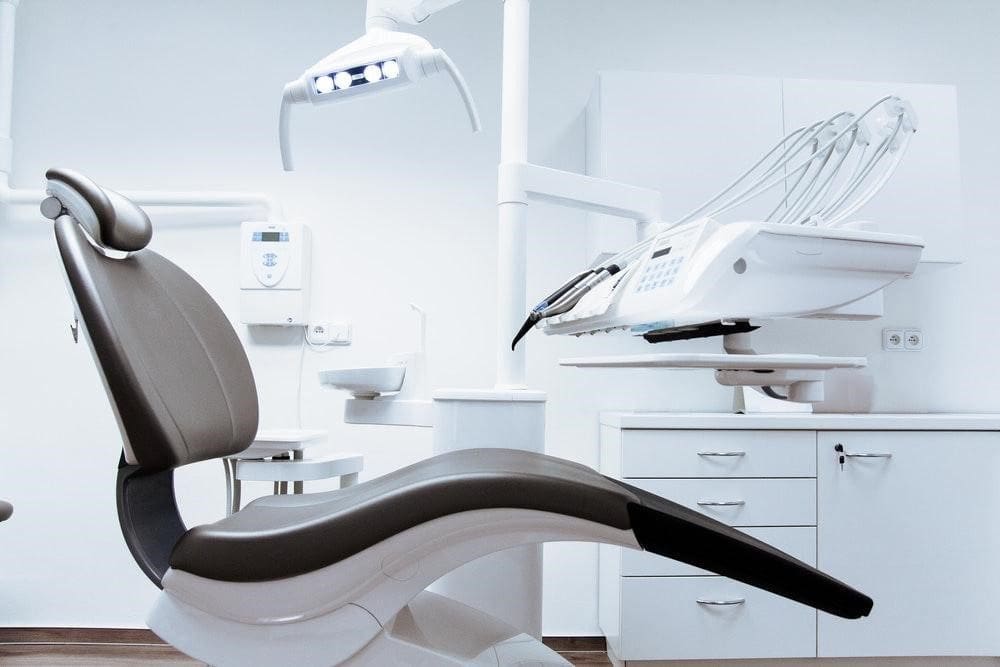
Do you fear to step out of the house on the day of your appointment with the dentist? Do you prefer brushing daily than getting your teeth cleaned by a professional? If your answers for these questions were affirmative, sedation dentistry is an end to all your apprehensions of going to the dentist’s office.
Simply put, sedation dentistry is a technique used to ease you out during various dental procedures. It involves the use of sedatives or anesthetics to help you in relaxing during the treatment. Once sedated you either feel minimal pain or are asleep during the entire duration of your appointment.
There are four levels of sedation your dentist would offer you based on the degree of fear you have for a particular procedure, enlisted as follows:
- Minimal Sedation: You stay awake the whole time; however, feel negligible pain.
- Moderate sedation: You’ll feel slight unconsciousness with slurred speech, but you can be awakened easily at any point. Moreover, you won’t remember many parts of the procedure you’re undergoing.
- Deep sedation: You’ll be unconscious the whole time but can be awakened by a few prompts.
- General anesthesia: During general anesthesia, you are completely ‘asleep’ and cannot be woken until the effects of the sedatives wear off. Recovery usually takes 45 minutes to an hour post the procedure.
Different levels of sedation can be achieved by varying the dosage of the sedative administered. These include:
Inhaled minimal sedation

For this form of sedation, you inhale a gas called ‘nitrous oxide,’ popularly known as ‘laughing gas.’ The dentist puts a breathing mask over your nose to initiate the process. When sedated, you’ll feel negligible pain during the procedure. Laughing gas wears off from your system quickly, thus ensuring that you don’t feel dazed or unsteady post your appointment hours.
Oral Sedation
 (Photo by pina messina on Unsplash)
(Photo by pina messina on Unsplash)
Pills like Halcion, which contain a family of drugs known as depressants, are used to achieve minimal to moderate sedation. The dosage amount of these drugs determines the level of sedation you would experience. Another drug, known as Valium, is used as a sedative in clinical procedures. A light dose of Valium induces euphoria and the feeling of being drunk in your system. Higher doses of the same drug lead to moderate sedation.
IV Sedation
 (Photo via Nutrishatives)
(Photo via Nutrishatives)
Usually, this method is used to achieve moderate sedation. The sedative is administered via intravenous injection, i.e., directly into the veins. This makes it possible to control the level of sedation by adjusting the amount of sedative in the patient’s body.
General anesthesia
 (Pic via ABCS)
(Pic via ABCS)
A combination of medicines and inhalation of gasses is used to put the patient in a deep sleep, during which he/she cannot be woken up until the effects of the medication wear off. In some cases, wearing off of these effects might require reversal through additional medication.
Almost 75 percent of the American population fears going to the dentist and about 9 to 20 percent of the people avoid being present at their appointment. This kind of fear is widespread and has been recognized as a phobia, namely, dentophobia.
Dentophobia mostly arises from traumatic experiences in the past, but, it can arise from other factors like the attitude of the dentist at your last visit. While dental fear clinics with trained psychologists and dentists can help you overcome the mental trauma, physical pain can be resolved more effectively using sedation dentistry. Apart from reducing physical pain, sedation dentistry has a few added benefits:
Makes time pass quickly
Alternating your gaze between the dentist and the ceiling during a long appointment gets awkward after a while. Even if you’re minimally sedated, time would seem to fly off in a jiffy, saving you from both the awkwardness and the pain experienced.
Reduces the number of visits
Some dental procedures, like root canals, take multiple visits to the dentist depending on the severity of the condition to be treated. Moreover, a patient himself/herself can handle only a certain amount of dental treatment in one appointment. Using sedation dentistry, these procedures can be completed in a single visit either through deep sedation or general anesthesia.
Eliminates gag reflex
A substantial number of patients have a very high gag reflex, which makes the dental procedure slightly tricky. Since hands and tools go deep inside the mouth, patients with high gag reflex can slow down or delay the whole procedure. Mild forms of sedation can reduce the gag reflex and make the patients feel at ease simultaneously.
Helps with sitting still
If you’re tense about stepping into the dentist’s office, you’ll surely fidget in the chair during your treatment. Sitting still during dental procedures is essential to avoid unnecessary injuries by the equipment used by the dentist. Sedation, in this case, will put you at ease and ensure minimal movement of your body.
Equipped with sufficient knowledge of sedation dentistry, you might be wondering how safe it is to undergo sedation. Usually experienced dentists, who have taken sedation dentistry courses like these are the ones who have the required equipment for administering sedatives to you. However, as a smart patient, you must ensure your dentist administers sedatives approved by the concerned authority and that the dentist has performed an adequate amount of procedures using sedation in the past.
So the next time you’re afraid to step into the dentist’s office, don’t be, because you’re probably going to sleep the whole time in there.

Be the first to comment